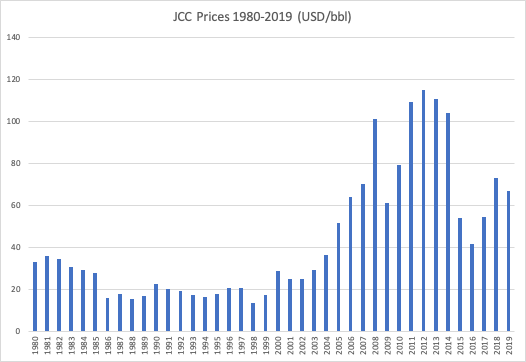EU Council and Parliament Propose Shorter Settlement Cycle Regulation

On June 18, 2025, the Council of the European Union (EU) announced a provisional agreement with the European Parliament regarding an amendment to the Central Securities Depositories Regulation (CSDR). This amendment aims to shorten the settlement cycle for securities transactions from the current T+2 (transaction date plus two business days) to a more efficient T+1 settlement cycle. This initiative is part of broader efforts to enhance the efficiency and competitiveness of the European financial markets.
The significance of this agreement lies in its potential to streamline operations and reduce the risk associated with securities transactions. According to a report published by the European Securities and Markets Authority (ESMA) in 2023, the implementation of a T+1 settlement cycle could reduce counterparty risk by approximately 30%, thereby bolstering market stability (ESMA, 2023).
The move towards a shorter settlement cycle is seen as a response to the growing demands for faster transaction times, particularly in light of technological advancements in trading platforms and the increasing volume of electronic transactions. "The financial industry is evolving rapidly, and we must adapt our regulatory frameworks to ensure they meet current market needs," stated Mairead McGuinness, European Commissioner for Financial Services, in a press release on the day of the agreement.
Experts have varied opinions on the implications of the shortened settlement cycle. Dr. Emily Carter, a Finance Professor at the London School of Economics, argues that while the benefits of reduced risk and increased efficiency are clear, the transition may pose significant operational challenges for smaller firms that may lack the infrastructure to support such rapid settlement times (Carter, 2025).
Conversely, Thomas H. Smith, CEO of a leading financial technology firm, believes that the industry is ready for this change. “Many firms have already begun to adapt their systems to accommodate T+1 settlements, and those that have not will need to accelerate their efforts to remain competitive,” Smith stated in an interview with Financial Times shortly after the announcement was made.
The Council’s agreement is expected to be formally adopted in the coming months, pending further discussions and votes in both the Council of the EU and the European Parliament. The transitional period for implementation will reportedly span over a year, allowing market participants ample time to upgrade their systems and processes.
In a global context, the United States has already adopted a T+1 settlement cycle for certain types of securities transactions, setting a precedent that the EU may look to follow closely. According to a 2024 report by the U.S. Securities and Exchange Commission (SEC), the reduction in settlement time has led to improved liquidity in the U.S. markets, making a compelling case for similar reforms in Europe (SEC, 2024).
The implications of this regulatory change extend beyond operational logistics. It raises questions about the broader impact on investor behavior, market liquidity, and the competitive landscape between European and U.S. markets. As the financial ecosystem continues to evolve, this agreement could serve as a catalyst for further regulatory reforms aimed at fostering innovation and resilience in the financial sector.
In conclusion, while the agreement between the Council and Parliament marks a significant step towards modernizing the European financial markets, stakeholders must remain vigilant about the operational challenges and broader economic implications that accompany such a transition. As the implementation period progresses, the focus will shift towards ensuring that the necessary infrastructure and regulatory support are in place to facilitate a seamless transition to a T+1 settlement cycle.
Advertisement
Tags
Advertisement





